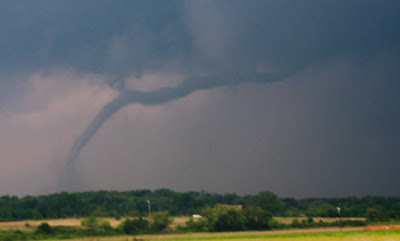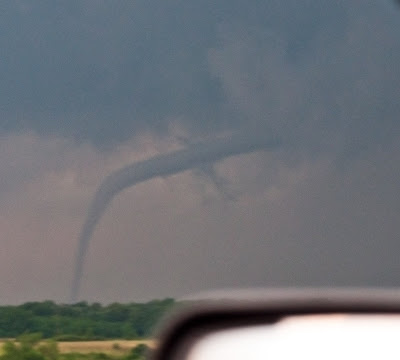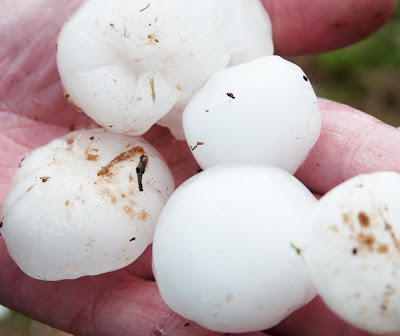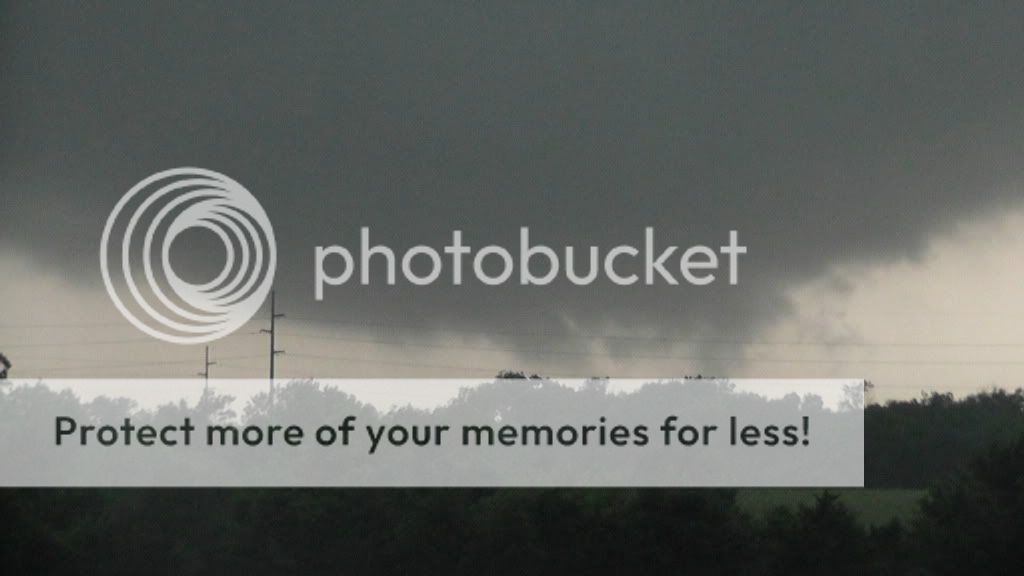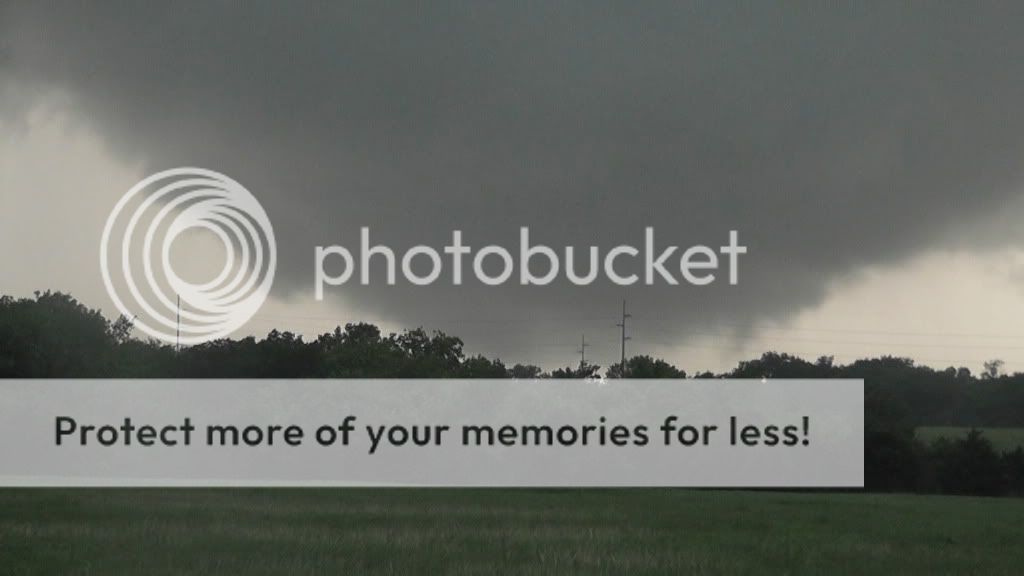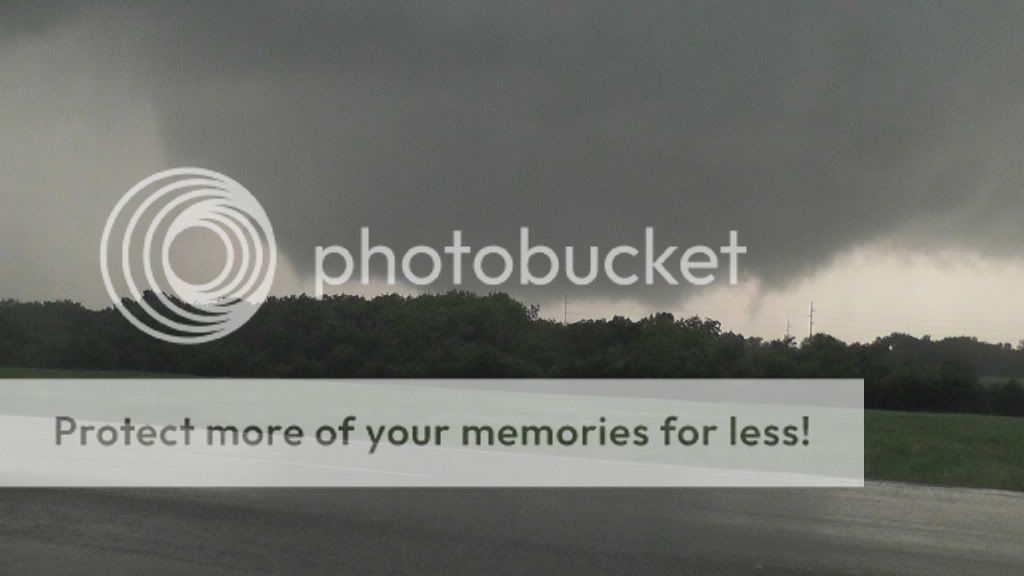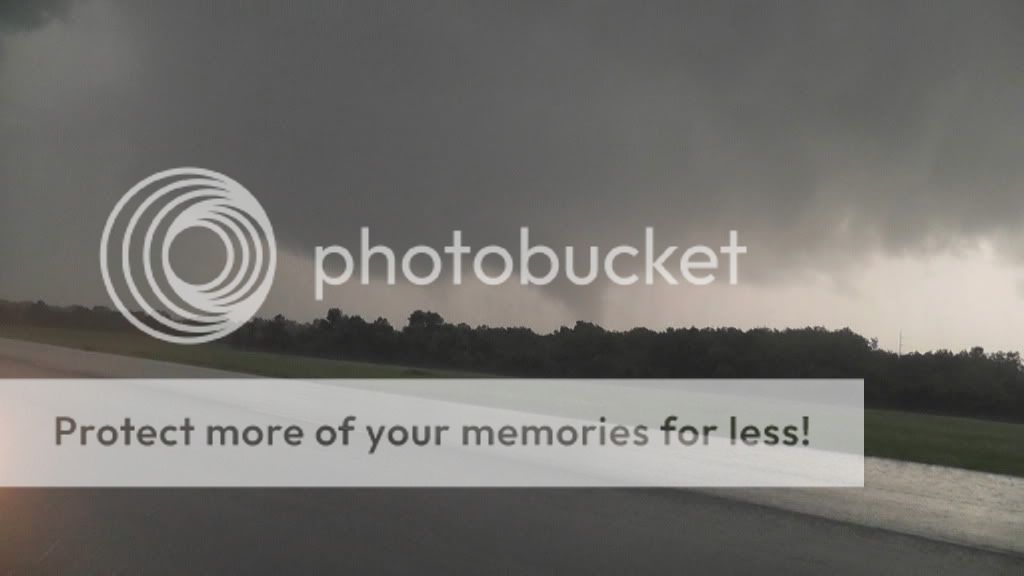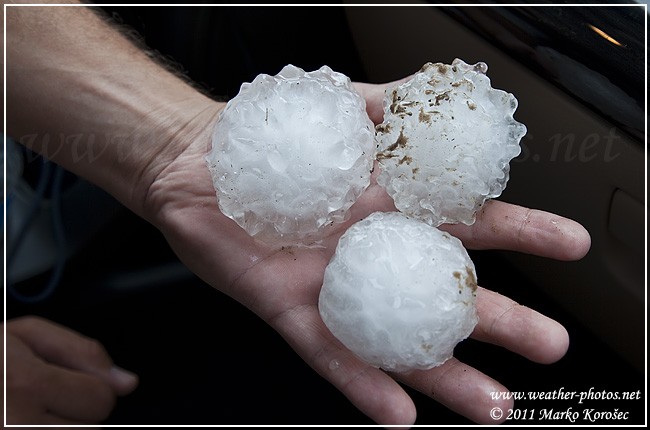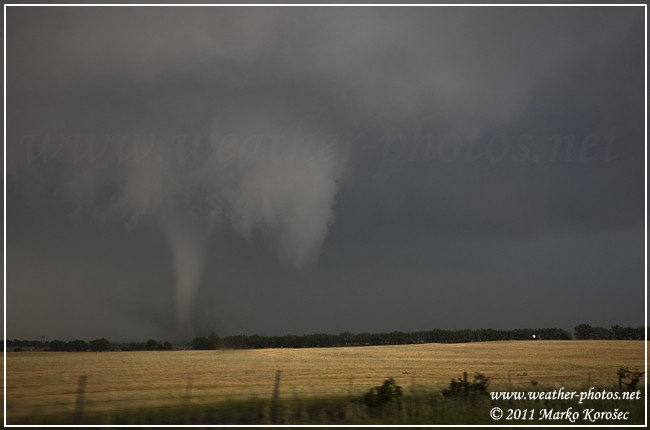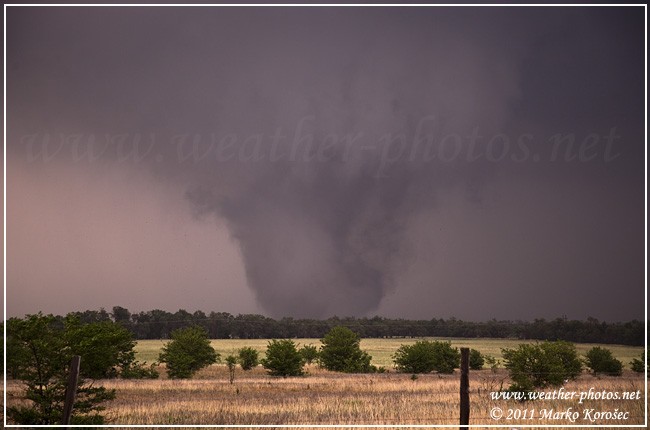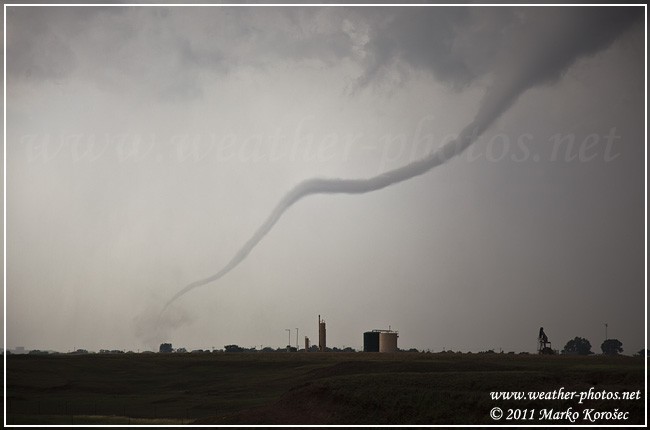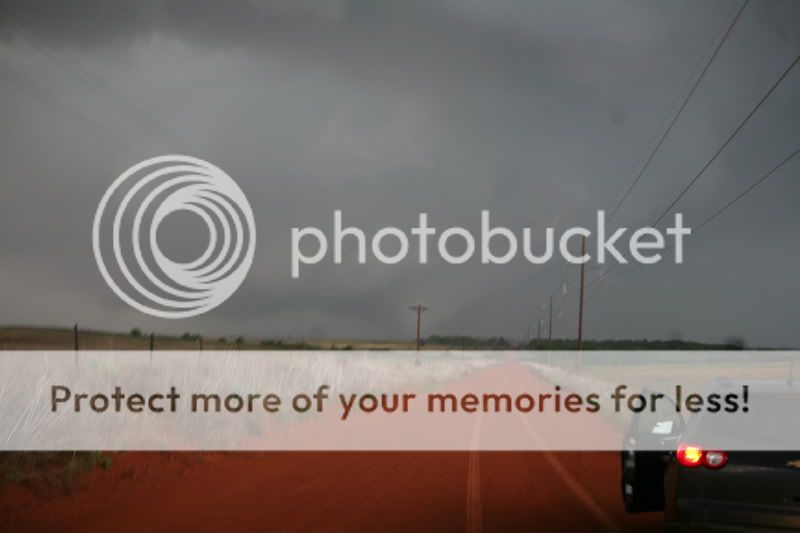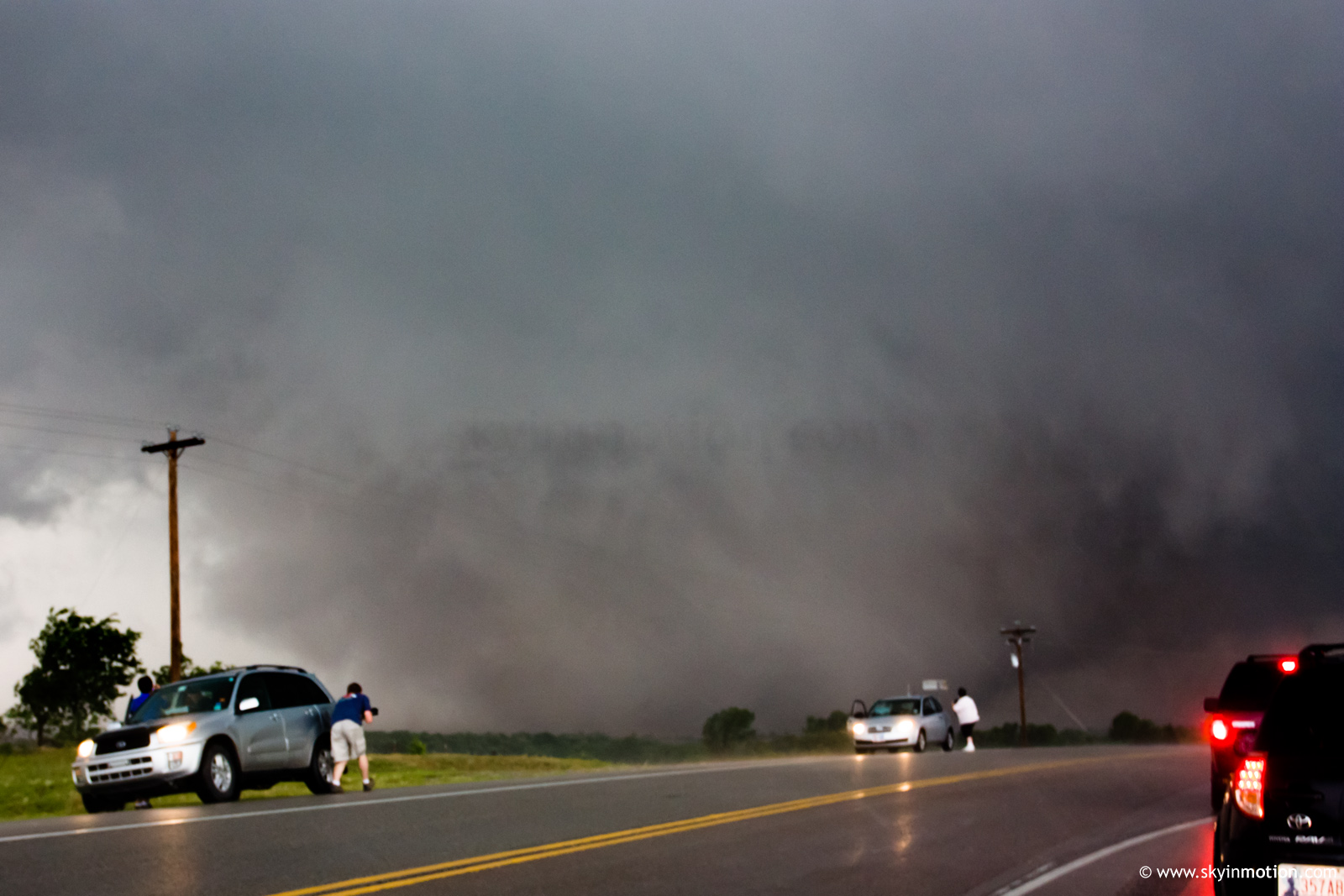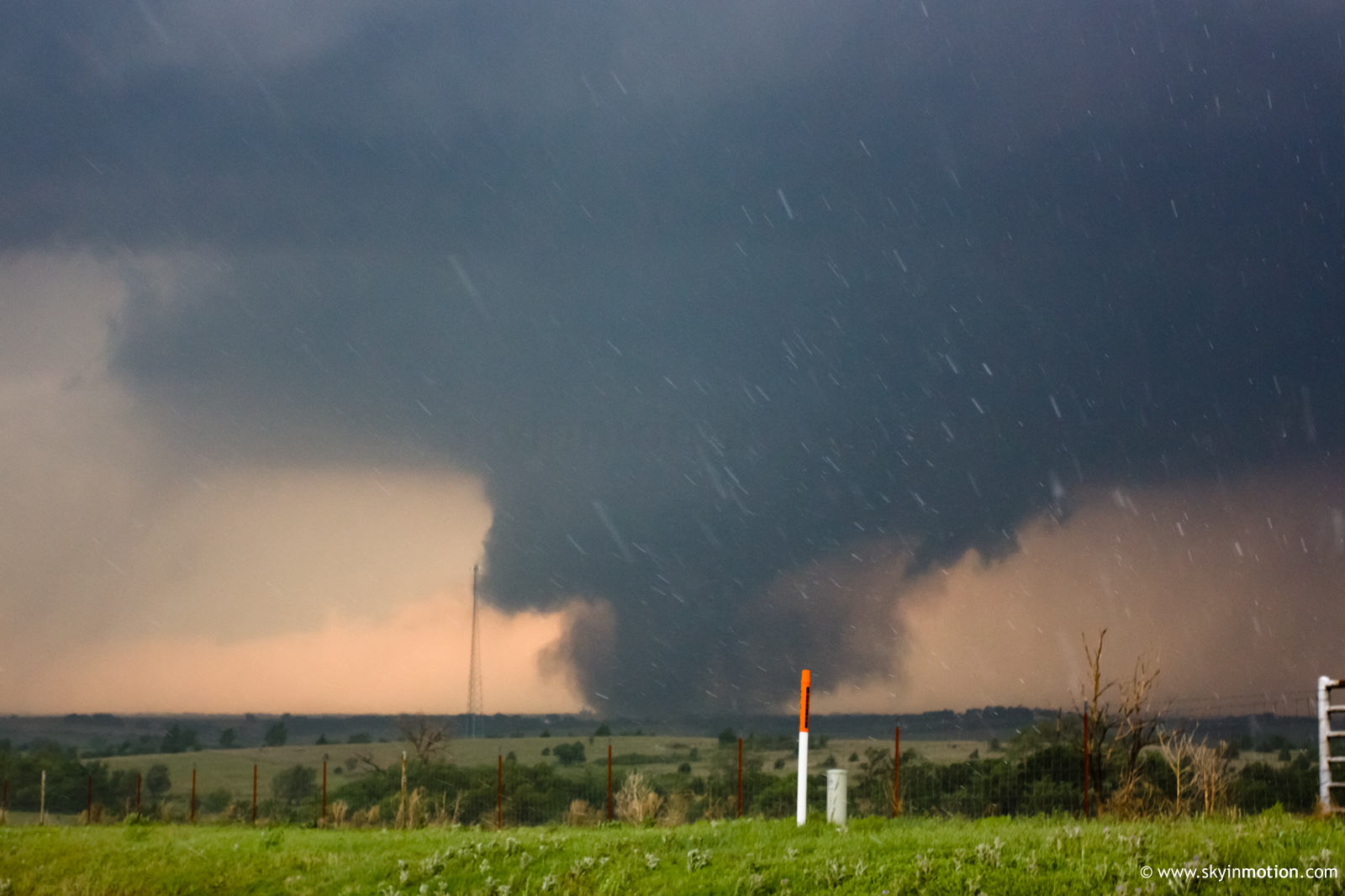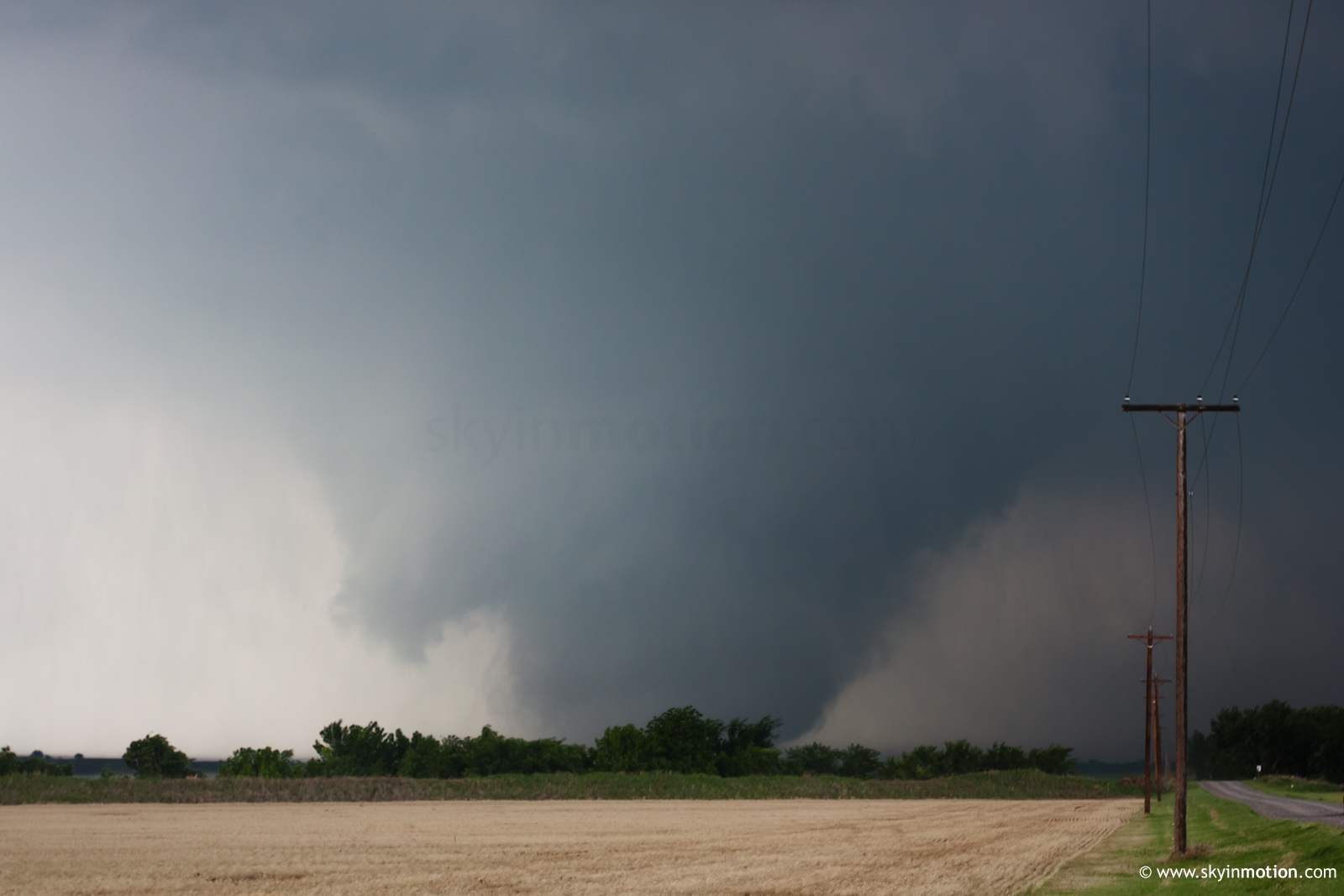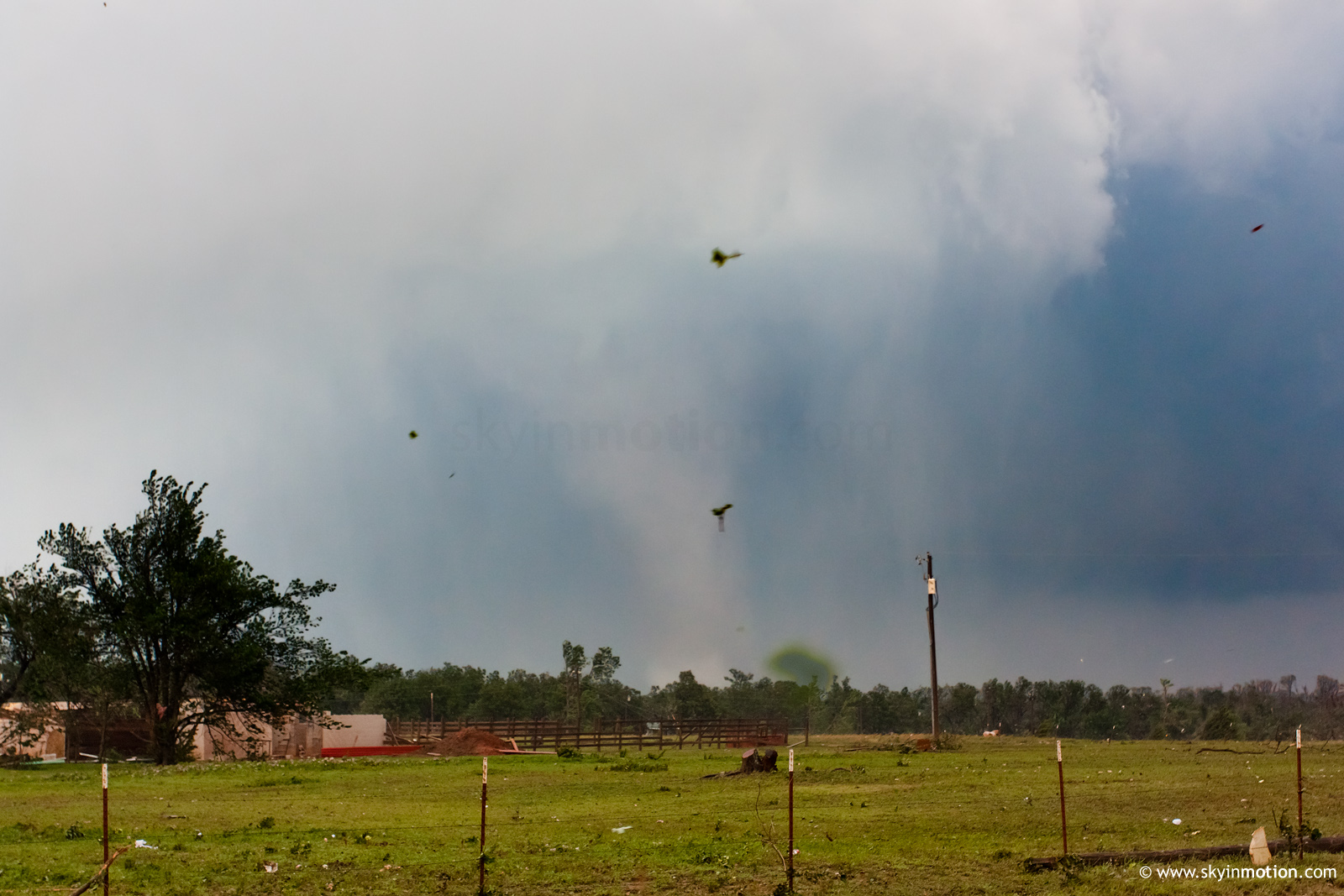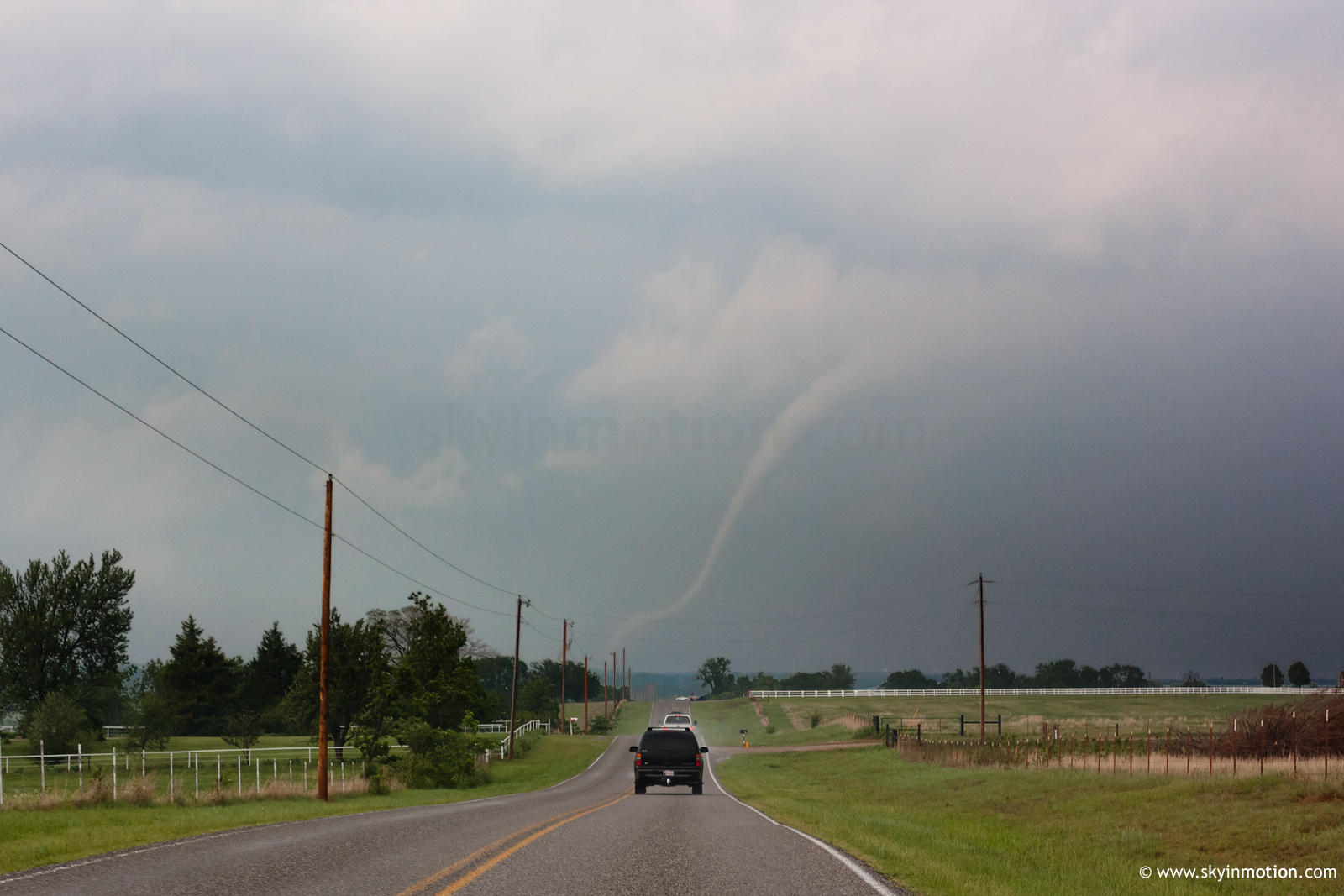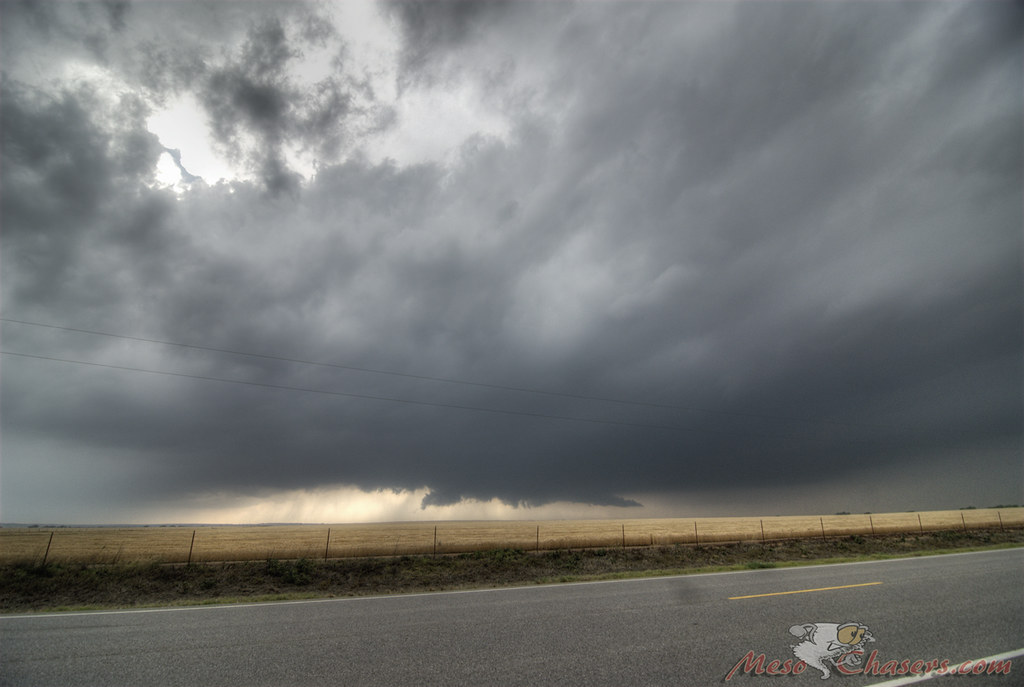I do about 1 or 2 reports a year, so this is pretty heavy on detail. If it's overboard, mods can chuck it if they like.
Having started the day in Tulsa, I got myself to Stillwater during the morning hours. Though I knew I was somewhat too far north and east, I figured it was a pretty good spot because I would be ahead of the storms, and closing distance. I had to resist the urge to constantly reposition, which has bitten me in the past. This time I sat there until initiation was clear from satellite views, and verified with the first radar returns from the storms.
I want to say the very first initiations started around 2 or so. Going for the northern options, I decided to move to Kingfisher, which a quick splash of gas and data just off I-35 in Gutherie. Once I got to Kingfisher, it was clear that there was still plenty of time, but that I needed to go south on 81 for the best position. I ended up 1.5 miles due south of the Lucky Star Casino at
this exact position. One thing I noted through all of this is that my Sprint phone never lost data contact as I moved around. This is the first time in 7 years of chasing that I had every frame of radar throughout the day. It would seem that network coverage (in some places) has actually improved over time.
At any rate, I arrived at my final position at about 4:10. It was a nice empty gravel lot in front of a small steel building, in which I could point the car any way I wanted. In addition to occasional very close lightning, there was small hail and rain, so I couldn't get out and use tripods. When I arrived, all I could see to my southwest where two dark areas, with a bit of light between. The dark area to the left looked like a rain-filled wall cloud, where the only indication of rotation was in the periphery clouds above that it was connected to...call it the top edge of the bowl. The bottom was devoid of motion or sharp features. However, the dark area on the right became less obscured with rain, and was clearly a very large inflow band feeding in from the north. Being stuck in the car, I decided any footage would be better than none, so I took my camcorder off the tripod, turned on the image stabilizer, and started shooting/narrating from the driver's seat. I've always hated videos like this, but now I understand that sometimes it's the only way.
Over the next few minutes, the rain and hail subsided enough to where I decided to try and take some photographs. But it was so dark that at ISO 100, I was forced to shoot wide open (F 4.0 on a Canon 17-40L) at a shutter speed of 1/15. I got one crumby shot before the staccato lightning started up in earnest. So I got back in the car and started shooting video again.
By now it was 4:22, and the southernmost part of the inflow band developed sustained rotation and a clearly-visible funnel, surrounded by very thin curtains of rain rotating around. I started to think this was going to be the action for the day. Most of my chases are like this. Meanwhile, the main base was still shrouded in very heavy rain with no apparent low level rotation. I've seen plenty of barely-moving wall clouds filled with rain before, so I figured this was just another one, and the area just north of it would be a good spot to watch. There were no tornado reports through the NWS web sites for this storm at the time (and there wouldn't be for several hours afterward).
At 4:27, the funnel had mostly lifted, and tucked in behind the main base. At the time I thought it was just simply missing me to the south. Losing interest in this feature, I noticed a power flash under the main base, so I focused on that. Over the next 30 seconds, as I became embedded in the very outer curtains of the rain wrapping, a loose, ragged ground circulation became very apparent, and the motion of the rain curtains picked up a lot of speed. By 4:28 it was due south of me, and I knew I was looking at a pretty stout tornado. This was the first time I've ever heard the roar.
4:29 came, and even though the tornado was moving away from me, it dramatically increased in noise volume and rotation speed, while also becoming more sharply defined. It's possible that I was able to notice simply because it was closer than before, but it seemed to be intensifying really fast. It developed almost horizontal outer funnels reminiscent of the Tuscaloosa tornado videos. It was clearly a wedge by now, with a big plume of debris in front of it being thrown forward almost parallel to the ground. This was all stuff I hadn't ever seen before. Light improved dramatically as it passed, so I chanced going out to shoot photographs again. This turned out to be another epic failure, as RFD quickly precluded any chance of using a tripod. By 4:31, I'd given up fumbling with cameras, and got a final shot of the tornado moving away as it virtually disappeared behind the rain. There would be no chasing that tornado in that visibility, so I was done for the day.
The big lesson I learned was that while I've successfully employed tripods to shoot stills and video simultaneously, once the storm is nearby and ongoing, trying to switch to that setup from handheld video is a waste of precious time and footage. Of the 5-6 minutes where the main tornado was nearby, I probably wasted 2 of them trying to switch gears with cameras. Won't be doing that again.
I'll post the video just as soon as vacation ends and I get back up to Illinois.
Edit: Video Posted
http://www.youtube.com/watch?v=S5bUHt3fE8Y